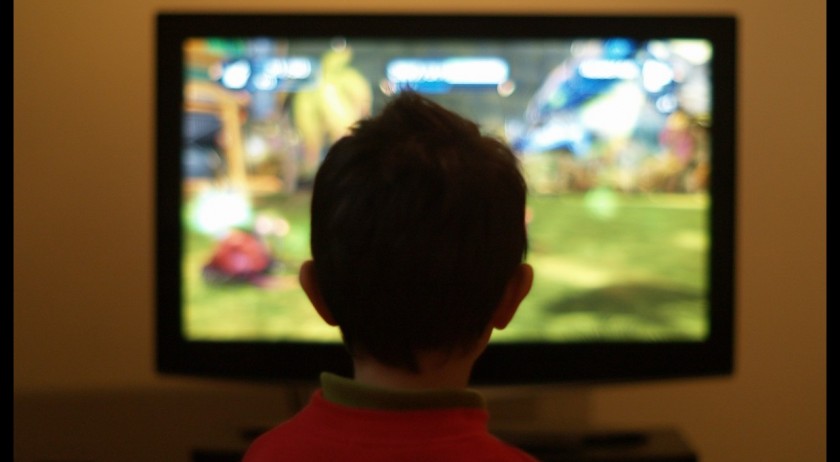Parents frequently wonder about how to set limits on screen time, often thinking about how they should set limits on their own screen time as well as their children’s. In the 21st century, many jobs and methods of communicating are based upon screen time. When we add leisure time into the equation it becomes difficult for parents and kids to be able to set limits on screen time. Here are nine practical ways to set limits on screen time that help both you and your kids.
[cjphs_content_placeholder id=”73592″ random=”no” ]1. Model appropriate screen time on your own. Set a goal for reducing your time in front of a screen.
2. Do lots of other stuff, and you’ll have less time for screen time. Activities such as exercise, socializing, making art, gardening, reading, and spending time in nature are excellent substitutes.
3. Talk about how digital media and technology save time and take time away from other activities in your life. Be honest!
4. Use your digital media in public areas of the house to make you more aware of the time you spend in front of screens. It also sets the rules for where the kids use their screens.
5. Have clear and reasonable limits for different types of digital media such as video games and text messaging. If necessary, monitor screen time or the number of messages your children are using.
6. Consider the big picture for each child. Do not set arbitrary screen time limits based upon what you may read here or elsewhere, look at a child’s school, social involvement, and other interests. If children are doing well in these arenas, screen time limits are much less of a concern.
7. Loan, do not give, consoles, computers, and cell phones to younger children. This will reduce their sense of screen entitlement.
8. Limit the times of day that technologies are used. Set family-designated times where digital media are not used. For example, shutting off all digital media except for music after 9 p.m. can help family members get some rest prior to going to bed.
9. Keep them off, rather than on. Shut off tablets, cell phones, computers, and other devices that are often left running. The need to turn them on makes them less accessible.
One other issue is worthy of consideration. Screens and technology are not inherently bad for you or your kids. The incredible capacity to learn about the world and connect with others should not be underestimated. So rather than villainize screen-based technologies, find ways to make them a healthy and balanced part of an active life for yourself and your kids.




